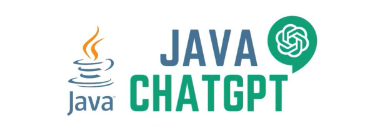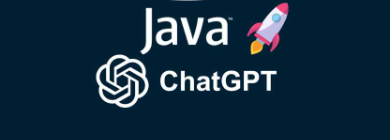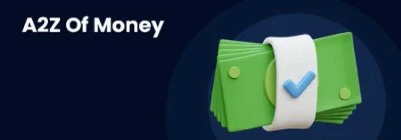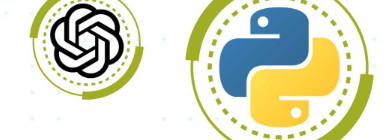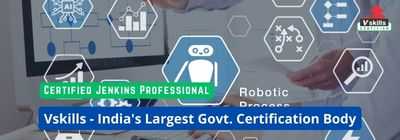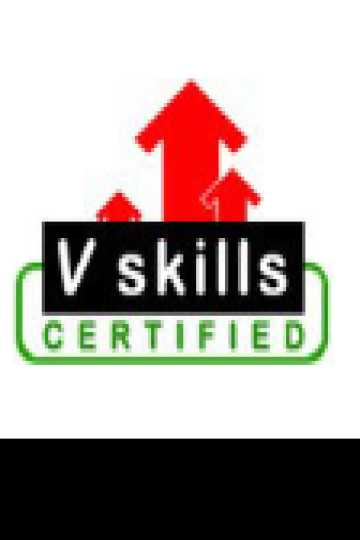Have a CTC of over Rs 17 lakh? You can still pay zero tax just by rejigging your salary structure: Here's how This can be done by rejigging your salary structure and using reimbursements that are allowed under the new tax regime. Know four reimbursements and allowances that can help you reduce your taxable income
From April 1, 2025, an individual with a taxable income of up to Rs 12 lakh will be exempt from paying any tax. What if an individual earns over Rs 12 lakh in a financial year? Is it possible to rejig the salary structure to ensure that taxable income remains below Rs 12 lakh? What allowances in the new tax regime can help reduce the taxable income to Rs 12 lakh or less?Trump-Modi Meet
The mega MIGA, MAGA plans of India's Modi and US' Trump
Trump says India has more tariffs than others
Trump's 'golden rule' for imposing reciprocal tariffs
Harsh Bhuta, Partner of Bhuta Shah & Co., a tax consulting firm, says, "Under the new tax regime, there are certain allowances in the Income Tax Act that can help taxpayers to rejig their salary structure. These allowances are exempt from tax in the new tax regime if certain conditions are met. These allowances can help taxpayers to reduce taxable income under the new tax regime."Reimbursements that are exempt under the new tax regime
Here are some of the allowances that can help a taxpayer in restructuring his salary structure and reducing taxable income:1. Conveyance reimbursement: The Income Tax Act allows employers to reimburse expenses made by employees for performing his/her job. Bhuta says, "The conveyance reimbursement received by an employee is exempt if the same is expended while commuting to the workplace. An employee is required to submit bills to claim reimbursement."
2. Transport allowance for specific employees: The Income Tax Act allows transport allowance for specially-abled people. The transport allowance is different from the conveyance reimbursement. Transport allowance is an allowance for travelling between residence and place of work. Bhuta says, "The transport allowance received by specially-abled employees is exempted up to Rs 3,200 per month or Rs 38,400 per annum. Only those specially-abled employees are exempted if they are blind/deaf/dumb or orthopaedically handicapped with a disability of the lower extremities."
Kale adds, "As telephone and internet expenses generally go hand in hand, many employers provide exemptions in respect of internet reimbursements to employees under the income tax rules, though the said rules provide that telephone expenses incurred by the employer on behalf of the employees do not qualify as perquisites in the old or new tax regime and do not specifically mention internet expenses."
Employees can rejig their salary structure to include telephone, mobile, and internet bills and claim reimbursement. This can help reduce their taxable salary to a certain extent.
4. Car lease policy of employer: Your employer's car leasing policy can also help you reduce your taxable salary. Car leasing is when the employer provides a car for personal and official use. This is considered a perquisite for the Income Tax Act.
Kale says, "The perquisite value of a car given by the employer for the employee's personal and official use as per the income tax rules is very low. The valuation mechanism remains the same under the old and new regimes. The taxable value of such perquisite is Rs 1,800 per month if the engine's cubic capacity does not exceed 1.6 litres. An amount of Rs 2,400 per month would be taxable if the engine's cubic capacity exceeds 1.6 litres."
He adds, "An amount of Rs 900 per month is added to the value of perquisite if the chauffeur is also provided to run the car. (Employees should remember that expenses on maintenance and running are met or reimbursed by the employer.)
Thus, the amount taxable as perquisite in respect of a car given by the employer for the employee's personal and official use is much less as compared to the actual amount of expenditure that may be incurred by the employer."
Valuation mechanism for car leasing:
| Car provided by the employer, which is used by the employee for both private and personal purposes; and | Where cubic capacity of engine does not exceed 1.6 litres | Where cubic capacity of engine exceeds 1.6 litres |
| Expenses on maintenance and running are met or reimbursed by the employer | Rs 1,800 (plus Rs 900, if chauffeur is also provided to run the motor car) | Rs 2,400 (plus Rs 900, if chauffeur is also provided to run the motor car) |
| Expenses on running and maintenance for private or personal use are fully met by the employee | Rs 600 (plus Rs 900, if chauffeur is also provided by the employer to run the motor car) | Rs 900 (plus Rs 900, if chauffeur is also provided to run the motor car) |
Also Read: How car leasing can help you save tax of up to Rs 1.23 lakh
How much tax can be saved using reimbursements?
Here is an example of how much income tax an individual can save under the new tax regime if he opts for reimbursements.| Components | Yearly (B @ 30%) | Yearly (B @ 40% |
| Basic | 5,17,315 | 7,13,992 |
| HRA | 2,58,658 | 3,56,996 |
| special allowance | 4,99,027 | 2,04,011 |
| Mobile reimbursement | 50,000 | 50,000 |
| Conveyance reimbursement | 2,40,000 | 2,40,000 |
| Employer's NPS contribution | 72,424 | 99,959 |
| Gross Pay | 16,37,424 | 16,64,959 |
| Employer's EPF contribution | 62,078 | 85,679 |
| Gratuity | 24,883 | 34,343 |
| Total CTC | 17,24,385 | 17,84,981 |
The table above shows two case studies where one individual has 30% of CTC as basic, and another individual has 40% of CTC as basic. As the percentage of basic in CTC increases, an individual is able to save more tax with higher CTC. An individual is receiving mobile reimbursement and conveyance reimbursement. These two will be tax-exempt if the bills are submitted on time to the employer. Further, in both cases, the employee has opted for the employer's NPS deduction for 14% of the basic salary under the new tax regime.
| Particulars | Amount (@30%) | Amount (@40%) |
| Gross pay | 16,37,424 | 16,64,959 |
| Less: Mobile reimbursement | 50,000 | 50,000 |
| Less: Conveyance reimbursement | 2,40,000 | 2,40,000 |
| Net Pay | 13,47,424 | 13,74,959 |
| Less: Standard deduction | 75,000 | 75,000 |
| Net taxable salary | 12,72,424 | 12,99,959 |
| Less: Employer's NPS contribution | 72,424 | 99,959 |
| Net taxable income | 12,00,000 | 12,00,000 |
For the income tax calculations for both cases, the net taxable income comes down to Rs 12 lakh. This happens because an individual first reduces his pay from ensuring that mobile bills and conveyance bills are submitted. Further, to reduce his taxable income, he can claim a standard deduction of Rs 75,000 under the new tax regime, along with the employer's contribution to the NPS account under Section 80CCD (2) of the Income Tax Act.
It is important to note that other incomes, such as dividends from shares, interest income from savings accounts, fixed deposits, etc., are not considered here. Hence, by including other incomes, this calculation will change.
Kale says, "The new tax regime from FY 2025-26 (AY 2026-27) offers lower tax rates but limits many salary-based exemptions and deductions. Although options such as the ones discussed above provide a bit of scope for reducing the tax burden, the opportunities are more limited than under the old regime."
For instance, meal coupons (Sodexo) provided by an employer are taxable under the new tax regime but tax-exempt up to Rs 26,400 yearly (Rs 2,200 per month) under the old regime.
This story originally appeared on: India Times - Author:Faqs of Insurances

